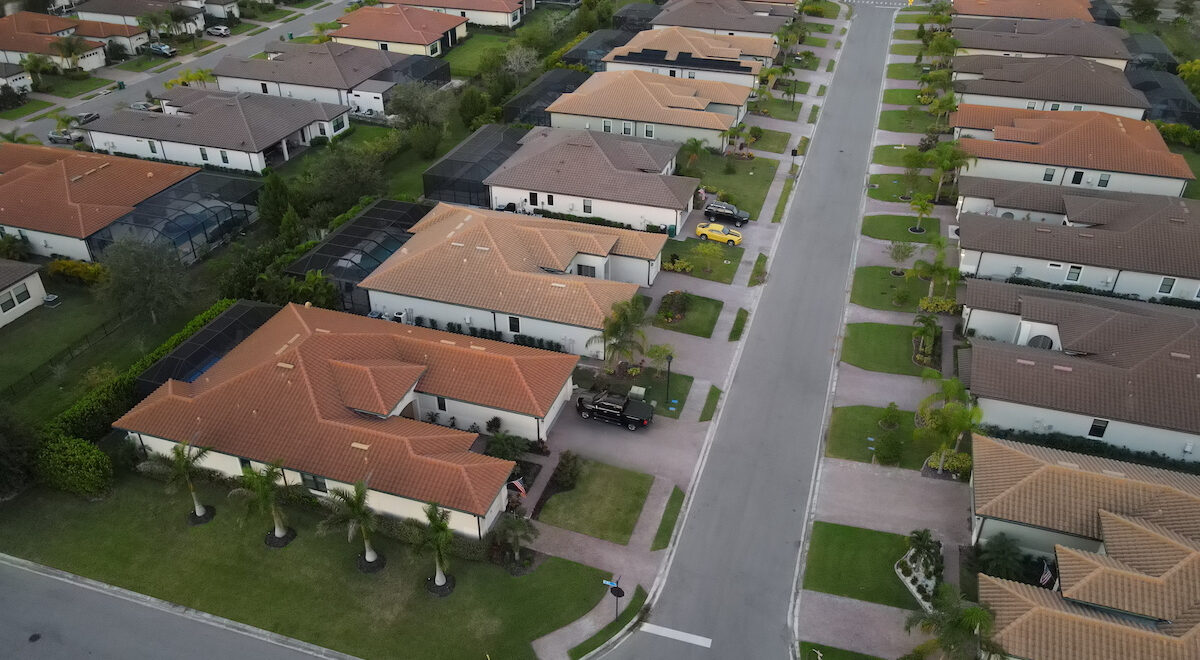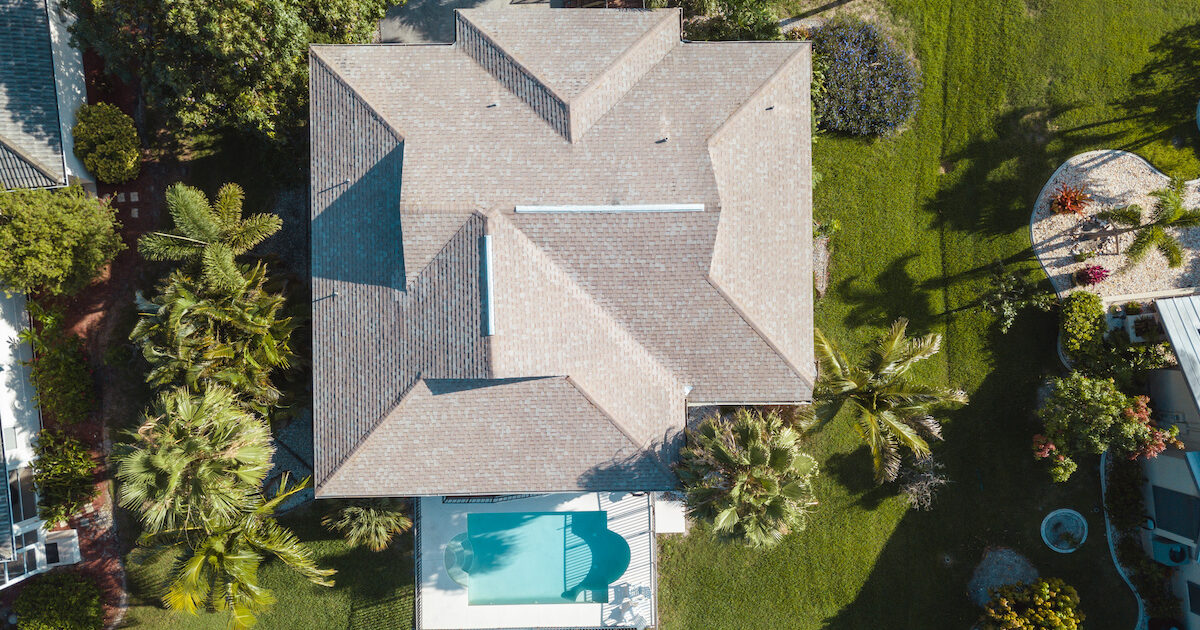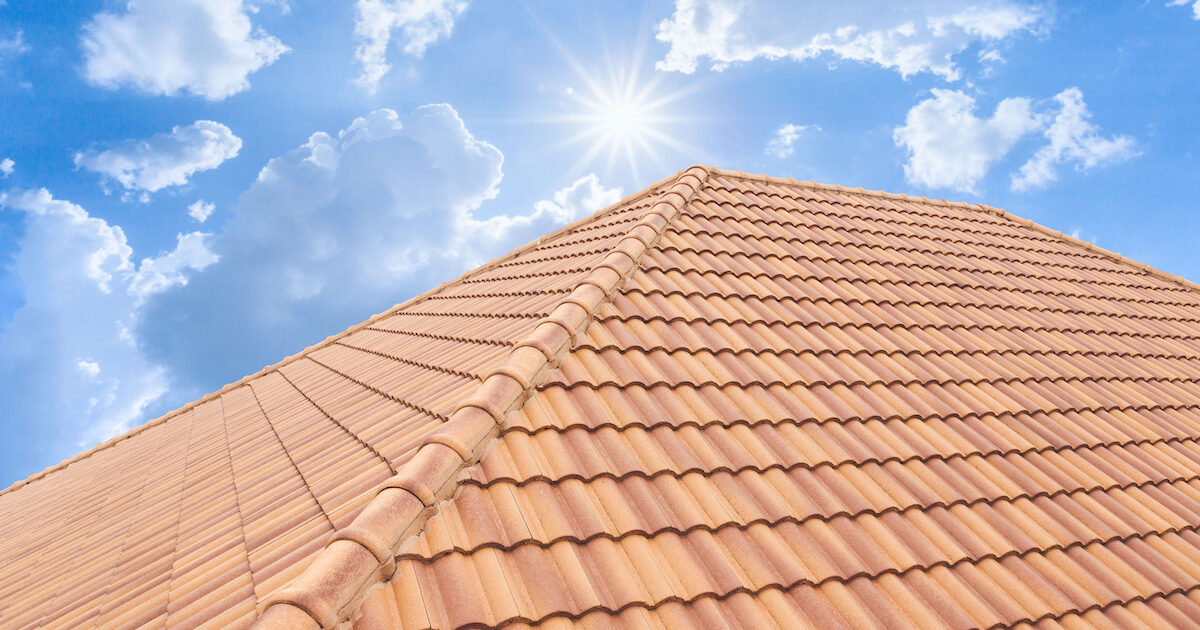Quick Contact
For the fastest response, please call/text us Mon. thru Fri. 9am - 4pm at (727) 771-8747.
211 Hedden Court
Palm Harbor, FL 34683
Monday-Friday: 9am – 4pm

Quick Contact
For the fastest response, please call/text us Mon. thru Fri. 9am - 4pm at (727) 771-8747.
Choosing the right roofing material in Florida involves more than just selecting a style that complements your home. Florida’s unique climate—marked by high humidity, intense sun, frequent rains, and occasional hurricanes—demands roofing materials that can withstand these conditions while offering durability, energy efficiency, and aesthetic appeal. At Done Rite Roofing, we understand that selecting the right material for your roof is a significant decision. In this article, we’ll explore the pros and cons of the most popular roofing materials used in Florida to help you make an informed choice for your home.
Asphalt shingles are the most common roofing material in the United States and are popular in Florida for several reasons. They’re affordable, relatively easy to install, and available in a variety of styles and colors.
Pros:
Cons:

Metal roofing has grown in popularity in Florida due to its durability and energy efficiency. It’s available in a variety of styles, including panels and shingles that can mimic the look of other materials.
Pros:
Cons:
Tile roofs, often made of clay or concrete, are a popular choice for Florida homes due to their durability and attractive appearance. This roofing material is commonly found on Spanish or Mediterranean-style homes and is valued for its longevity.
Pros:
Cons:
Slate roofing is a premium material known for its beauty and exceptional lifespan. Made from natural stone, slate roofs are both aesthetically pleasing and extremely durable.
Pros:
Cons:
Wood shingles and shakes, often made from cedar, offer a natural and rustic appearance that appeals to some Florida homeowners. However, they may not be the best choice for Florida’s humid climate.
Pros:
Cons:
Flat roofing is commonly used on commercial buildings but is also found on some residential properties in Florida. The two main types are modified bitumen and built-up roofing (BUR).
Pros:
Cons:

When selecting Florida roofing materials, it’s essential to consider factors like durability, maintenance, and budget. Here’s a summary to help you weigh the options:
Unique climate necessitates careful consideration when choosing a Florida roofing materials. At Done Rite Roofing, we’re here to help you navigate these choices and find the best solution for your home. Whether you’re looking for a cost-effective, durable, or aesthetically pleasing roof, we offer expert guidance and quality roofing services tailored to meet your needs. Contact us today to discuss your roofing options and find the perfect fit for your Florida home.
Your Trusted Roofing Contractor for Roof Repairs & Replacement
Serving Pinellas, Pasco, & Hillsborough Counties Over 25 Years!